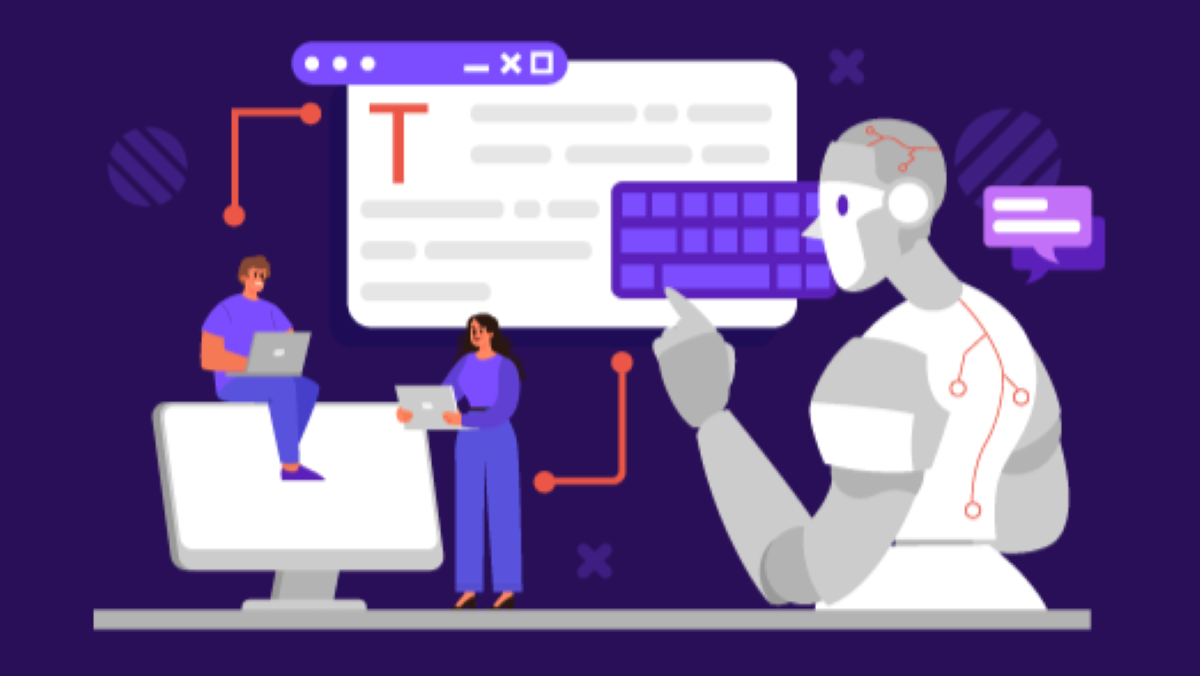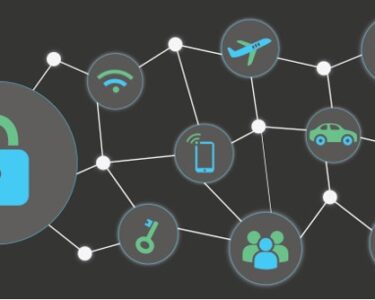
Generative AI: Transforming the Future of Creative Content Creation
Introduction
In the rapidly evolving landscape of artificial intelligence (AI), generative AI has emerged as a game-changing force, poised to revolutionize the way we create and consume content. This cutting-edge technology holds enormous potential to reshape the entertainment, marketing, and publishing industries by enabling the seamless generation of original, high-quality content.
What is Generative AI?
Generative AI refers to a subfield of AI that utilizes machine learning algorithms to generate entirely new content, such as text, images, music, and videos. Unlike traditional AI systems that rely on pre-existing data, generative AI systems are trained on vast datasets and can learn patterns and identify relationships in data, allowing them to create novel and unique content.
How Generative AI Works
Generative AI systems are typically trained using deep learning techniques, a type of machine learning that utilizes artificial neural networks. These networks are structured to mimic the human brain’s ability to learn and generalize from a given set of inputs. Once trained, generative AI systems can generate content that is both coherent and plausible, often indistinguishable from human-generated content.
Benefits of Generative AI for Creative Content Creation
- Reduced Production Time: Generative AI can significantly accelerate the content creation process, allowing individuals and businesses to produce high-quality content in a fraction of the time it would take using traditional methods.
- Enhanced Creativity and Innovation: By automating repetitive and mundane tasks, generative AI frees up creators to focus on more strategic and creative aspects of their work, fostering innovation and the exploration of new ideas.
- Personalized Content: Generative AI can dynamically generate content tailored to specific audiences, preferences, and contexts, enabling the delivery of personalized experiences.
- Scalability: Generative AI systems can generate vast amounts of content on-demand, making it possible to create and distribute content at an unprecedented scale.
Applications of Generative AI in Creative Content Creation
- Text Generation: Generative AI can generate compelling articles, blog posts, marketing materials, and even entire books.
- Image Creation: From realistic portraits to abstract art, generative AI systems can produce visually stunning images that can be used for marketing campaigns, social media posts, and website design.
- Music Generation: Generative AI can create original musical compositions in various genres, from pop and rock to classical and electronic.
- Video Generation: Generative AI can create engaging videos, including animated short films, product demos, and educational content.
Conclusion
Generative AI represents a paradigm shift in creative content creation, unlocking unparalleled opportunities for creators, businesses, and consumers alike. By harnessing the power of AI, we can automate repetitive tasks, enhance creativity, personalize content, and achieve scalability in ways that were once unimaginable. As generative AI continues to evolve, we can expect to witness even more transformative applications in the future, shaping the entertainment, marketing, and publishing industries beyond our wildest dreams.


